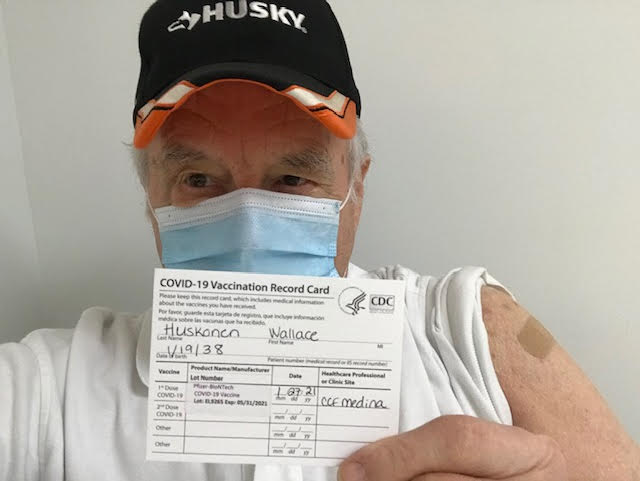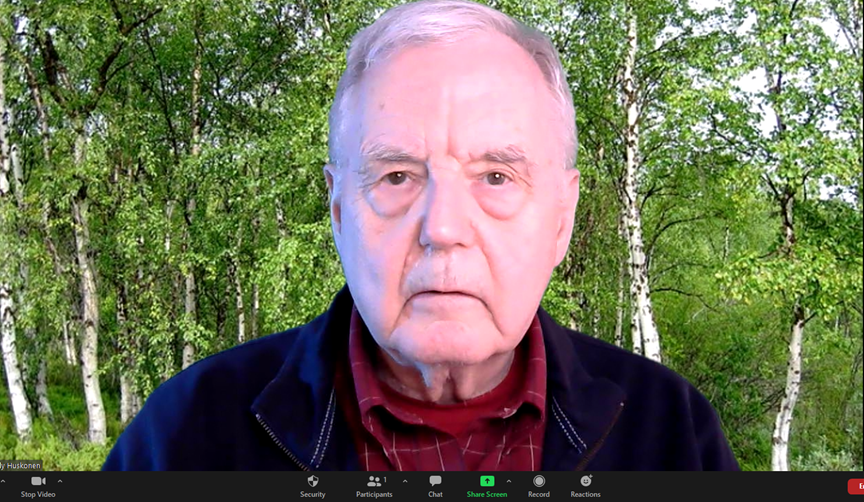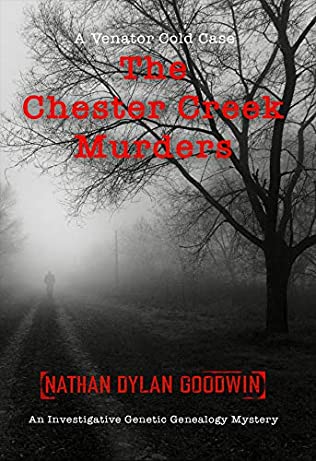My fourth great grandfather was Andrew Betts, born about 1755 and died in 1823. I have attended Betts family reunions in the past and we often visited his grave marker in the State Line (Betts) Cemetery near Jamestown, Crawford County, Pennsylvania. That gravestone states that his wife was Catherine Sherbondy. I recently received a message through Ancestry.com messaging pointing out the error in the common belief that this Catherine was the mother of Andrew’s children, including my third great grandfather also named Andrew. I am sharing below the argument that Jeffrey Sherbondy, of the Sherbondy Family Association, makes that the mother of Andrew’s children was another Catherine, maiden name unknown. In his argument, he uses the given names Catherine and Catherina to refer to both women. Since receiving this message and evaluating his evidence, I have corrected my main family tree on Ancestry.com to include two wives for Andrew Betts.
Here is the message from Jeffrey (with very slight editing):
Genealogical research is not an exact science. With old records (before 1900), there are often errors or irregularities. Many of those records were not created with the intention that they would be used over 200 years later. Standardization was not set up and accuracy was not monitored. For that reason, it is important when using old records that you do not rely on one source alone for your conclusions.
On the other hand, old records and records that were created, recorded, and/or transcribed at the time of the event are more reliable for genealogical evidence than records created later.
You must collect all of the information possible from the time period and the location and look at everything in its entirety (the “whole picture”). Each piece must be assembled and put together to see how everything fits together. One document or piece of evidence may then stand out as being inconsistent with the other documents. That document may have an error. Only then, after taking into consideration the date each record was created compared to the event and the consistency with other information, can you reach a proper conclusion.
One example of this is the birth date of Melcher Sherbondy per the census of 1850. Per his age of 86, his birth year would be 1764. However, according to the census of 1830, the census of 1840, and the church birth records, his birth year is known to be 1769 (Jan).
Now let’s look at Andrew Betts’ life.
Andrew Betts’ birth year is confirmed to be approximately 1755 according to a baptism record from 19 May 1771 and per the 1800 and 1810 census records. Some records show his birth to be 12 July 1755 but I have not seen a copy of that record. Also on the 1800 and the 1810 census is a female of the approximate (b 1756-1765) same age as Andrew. This would be Andrew’s FIRST wife. Andrew’s first wife’s name is first found in the birth and christening records of the Zion Evangelical Lutheran Church in Manheim, Lancaster County, Pennsylvania. These records for the birth of Christian and Emanual in 1779 and 1781 show the names of the parents as Andr. Bez and Catharina. This is the first evidence of Andrew’s first wife’s name. They had other children born from 1783 to 1797 and perhaps two who died young before and after these. Perhaps someone has more detailed church records for all of Andrew and Catharina’s children.
During the time that Andrew and Catharina’s children were born, Anna Catherina Cherpantier was born, daughter of Johann Cherpantier and Maria Catherina. She was born on 9 May 1784 and baptized on 6 June 1784 at Christ Church, Hamilton Square, Hamilton Township, Northampton County (now Monroe County), Pennsylvania. This proves conclusively that there were two Catherine’s during the time that Andrew’s children were born from 1777-1797.
In the 1800 and 1810 census records, there are females in different households that account for both of these Catherine’s. In the 1800 census for Andrew Betts, the female aged 26-44 is his first wife, Catharina. In the 1810 census for Andrew, the female over age 45 is also his first wife Catharina. At the same time, in the 1800 census for Melcher Sherbondy, the female aged 10-15 is Catherine Sherbondy, sister of Melcher. The census takers would have come near the beginning of the year, before May 1800, so her age would have been 15 at the time of the census. This year (1800) was only one year after the death of their father, John Sherbondy. Catherine and her brother, John, b. 1780, were living with their older brother Melcher at the time. All other family members of the Melcher household were accounted for in the 1800 census. In the 1810 census for Melcher Sherbondy, the female aged 16 to 25 is Catherine Sherbondy, sister of Melcher. Once, again, the census takers would have come near the beginning of the year, before May, 1810, so her age would have been 25 at the time of the census. All other family members of the Melcher household were accounted for in the 1810 census. This proves once again that there were two Catherine’s at the same time in 1800 and 1810.
Andrew’s first wife Catherine is not on any other records after the census of 1810. Andrew’s first wife Catherine must have died after 1810. In the Crawford County History, published in 1899, it states that Andrew Betts married “Miss Shibondi” in the “dawn of the century”. In the “dawn of the century,” would be after 1800, and since both Catherines are accounted for up to 1810, he must have married Catherine Sherbondy sometime around 1810-1815, and possibly as late as 1820. Catherine Sherbondy Betts is not shown on any documents until March 1820 when she signs a land sale with Andrew. She is also not on any documents after 1820 and some records show that she died in 1820.
Life was tough in Pennsylvania during this era. Catherine Sherbondy’s grandparents’ (Phillip and Eva Catherine Bossard) family was attacked and some killed by Indians in the 1750s. There was great reluctance to leave populated areas. If Andrew’s first wife died, he needed someone to help care for his children and she needed someone to provide her a living. This marriage may have been out of necessity.
In 1999, a memorial plaque was erected commemorating Andrew Betts and Catherine Sherbondy. This was approximately 245 years after the birth of Andrew’s first wife. It states Andrew Betts dates as 1755-1823. It also states Catherine Sherbondy Betts dates as 1755-1820. The donor, Ellis Royal Higgins, was not aware of the birth records for Anna Catherina Cherpantier from 1784 (found in 2006 and also was not aware of the two women accounted for on the census records of 1800 and 1810. The conclusion is that the memorial has two errors: 1) the birth date of Catherine Sherbondy is not 1755 and 2) Catherine Sherbondy Betts is not the mother of Andrew Betts’ children.
There may be key information that we will never know and, as is often the case, there may be undiscovered documents that turn up later with new information.
Please feel free to share this with other relatives.
Jeffrey D. Sherbondy
Sherbondy Family Association
www.sherbondy.org
Dec 2021




Recent Comments